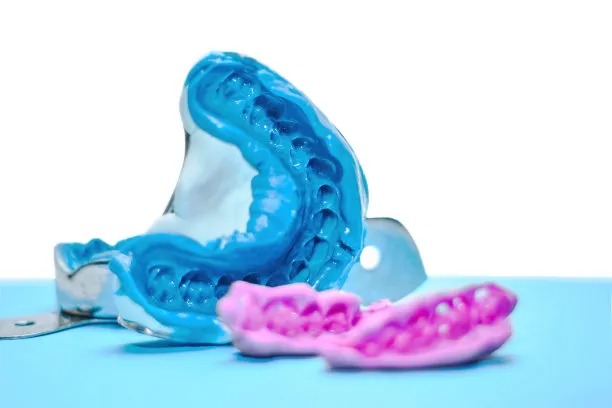Essential Steps and Considerations for Safely Extracting a Tooth in Dental Procedures
Summary: Tooth extraction, often viewed as a burdensome dental procedure, can be conducted safely and effectively through adherence to essential steps and considerations. This article explores four critical aspects that ensure the safety and efficacy of tooth extraction: patient assessment, preparation for extraction, technique, and post-operative care. Each section delves into specific protocols and strategies to minimize risks, promote healing, and enhance patient comfort, thereby transforming the extraction process into a manageable procedure. By understanding these steps, dental professionals can uphold high standards of care, ensuring a positive experience for patients while effectively addressing their dental needs.
1. Importance of Thorough Patient Assessment

Before any tooth extraction, a comprehensive patient assessment is crucial. This initial step involves reviewing the patients medical history, including any underlying health conditions, allergies, and medications currently being taken. For instance, patients on anticoagulants may require special consideration to prevent excessive bleeding during and after the procedure.
In addition to medical history, a dental examination is necessary. Dentists should evaluate the tooths condition and surrounding tissues, often using X-rays to gain a clearer understanding of the tooths position and its roots. This information aids in predicting potential complications and determining the most effective extraction approach.
Furthermore, understanding the patients anxiety levels is essential. A dental consultation can help gauge the patient’s comfort and inform them about the procedure, helping alleviate fears. Ensuring that patients feel informed and supported is a vital aspect of promoting a calm and safe environment.
2. Adequate Preparation for the Procedure
Preparation for tooth extraction extends beyond the initial assessment and includes meticulous planning and setting up a suitable environment. The dental office must be equipped with the necessary instruments, such as forceps, elevators, suction devices, and anesthesia. Ensuring all tools are sterile and ready minimizes risks of infection.
Prior to the procedure, informed consent must be obtained from the patient, clearly explaining the extraction process, potential risks, and post-operative expectations. This helps in building trust and ensures the patient is fully aware and consenting to the procedure.
The use of local anesthesia is paramount for patient comfort. Dentists should administer anesthesia correctly, assessing the patients response and ensuring adequate numbness before proceeding. This not only enhances comfort but also minimizes anxiety and stress during extraction, paving the way for a smoother experience.
3. Utilizing Correct Extraction Techniques
The actual tooth extraction must be performed using appropriate techniques tailored to the tooths location and condition. Dentists should ensure they have a full understanding of both simple and surgical extraction techniques. For instance, while straightforward extractions may only require the use of forceps, surgical extractions may involve incision and elevation of the gums.
Implementing a gentle yet firm technique can significantly reduce trauma to the surrounding tissues. Adequate visualization and careful maneuvering are crucial in managing complications such as broken roots or adjacent tooth damage, both of which can arise if proper technique is not employed.
During the extraction, maintaining communication with the patient is essential. Dentists should reassure patients throughout the process, providing updates regarding what they are doing. This approach of open communication not only builds rapport but also keeps the patient calm and informed, contributing to a more successful procedure.
4. Effective Post-Operative Care Strategies
The importance of post-operative care cannot be overstated. After the extraction, patients should receive comprehensive instructions on how to care for the extraction site to promote healing and prevent complications such as dry socket or infection. This includes guidance on proper oral hygiene, dietary restrictions, and pain management strategies.
Monitoring for any signs of complications is crucial. Dentists should schedule follow-up appointments to assess the healing process and address any concerns the patient may have. This ongoing support ensures patients feel cared for and can lead to quicker resolution of any potential issues.
Furthermore, educating patients on the importance of avoiding certain activities, such as smoking or vigorous physical activities post-extraction, contributes significantly to their healing. By taking these precautions seriously, patients can minimize their risks and enjoy a healthier recovery.
Summary:
In conclusion, tooth extraction is a significant dental procedure that requires careful planning and execution. From thorough patient assessments and meticulous preparation to the implementation of correct techniques and effective post-operative care, each step plays a vital role in ensuring a safe extraction experience. Dental professionals committed to these principles can effectively minimize risks and enhance patient outcomes.
This article is compiled by Vickong Dental and the content is for reference only.



